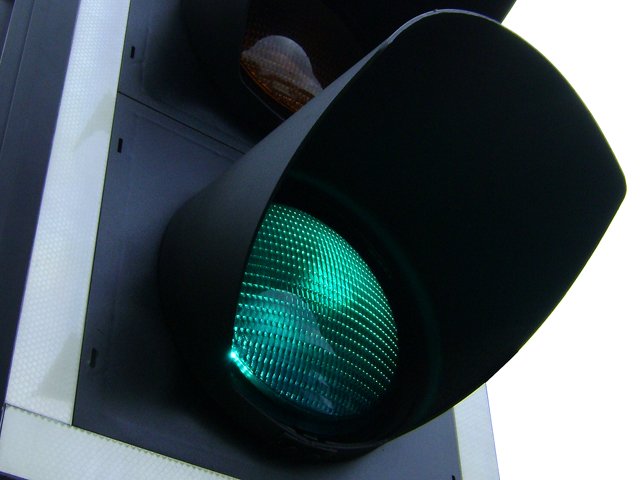
In the situation, long queues of vehicles consume precious time of citizens, increasing fuel expenses and traffic problems. Traffic signals have also not been installed on several major roads.
Initially, signals were installed at crowded roundabouts and small intersections simultaneously in order to control the traffic, which is the responsibility of the Traffic Engineering and Planning Agency (TEPA). The system used to have an annual budget of about Rs60 million and TEPA installed 112 traffic signals at intersections. Among them, 84 traffic signals were converted to the automatic system which used to work according to the traffic flow through sensors. The red light turns on when heavy traffic flow is sensed and green light when there is no traffic. The system used to ensure maintenance of traffic flow without any problems on the highways, which saved time reduced pollution.
The areas where the traffic signals were automated include Mall Road, Jail Road, Ferozepur Road, Kalma Chowk, Bhekeywali Road, Railway Station, Model Town, Naseerabad, Shadman, China Chowk and Eden Centre, Gulberg.
During the previous government, all traffic signals’ control was transferred to the Punjab Safe Cities Authority by TEPA. The budget also increased from Rs60 million to Rs150 million.
However, the number of automated signals instead of increasing decreased gradually from 84 intersections. Sources revealed that currently not a single traffic signal is automated in Lahore. Timers have been installed, adjusting all signals with the flow of traffic. The traffic is stopped where the traffic is intense, but even at less crowded places where there is lower flow usually, the traffic stops for several minutes.
This has contributed to increased pollution in the city as well as higher fuel consumption and waste of time. The commuters are the worst affected by the situation. Traffic police manages most of the traffic lights according to the situation and they are also not being used for e-challan.
While Lahore city which is spreading over various areas, including Raiwind Road, Ferozepur Road, Jallo Park Road, Bedian, R.A Bazaar and Jauhar Town, traffic signals are yet to be installed at most of the intersections in these areas. This results in traffic jams and accidents in these areas. No serious action is apparently being taken by the Punjab Safe Cities Authority for improvement of traffic management.
Punjab Safe Cities Authority spokesperson Hafiz Tayyab told The Express Tribune that all traffic signals are being included in the e-challan system for violations of rules. Timers have been installed with traffic signals to manage the flow of traffic, which is controlled by the traffic police and Punjab Safe Cities Authority.
However, he said he could not definitely say when automatic sensors would be used for managing traffic.
A recent survey conducted by the Punjab Punjab Safe Cities Authority showed that use of modern technology on highways has helped save time and fuel worth billions of rupees.
Around 85% of the surveyed citizens said the crime rate had dropped in the city due to the PSCA’s measures. Around 91% of the citizens expressed satisfaction over the e-challan project.
The respondents also advocated allocation of more funds for strengthening security in the city with the use of modern technology.
Cameras installed under the Punjab Safe Cities Authority are also used for surveillance and monitoring of security arrangements for important events.
Published in The Express Tribune, January 27th, 2020.


























1713853507-0/MalalaHilary-(2)1713853507-0-270x192.webp)








COMMENTS
Comments are moderated and generally will be posted if they are on-topic and not abusive.
For more information, please see our Comments FAQ